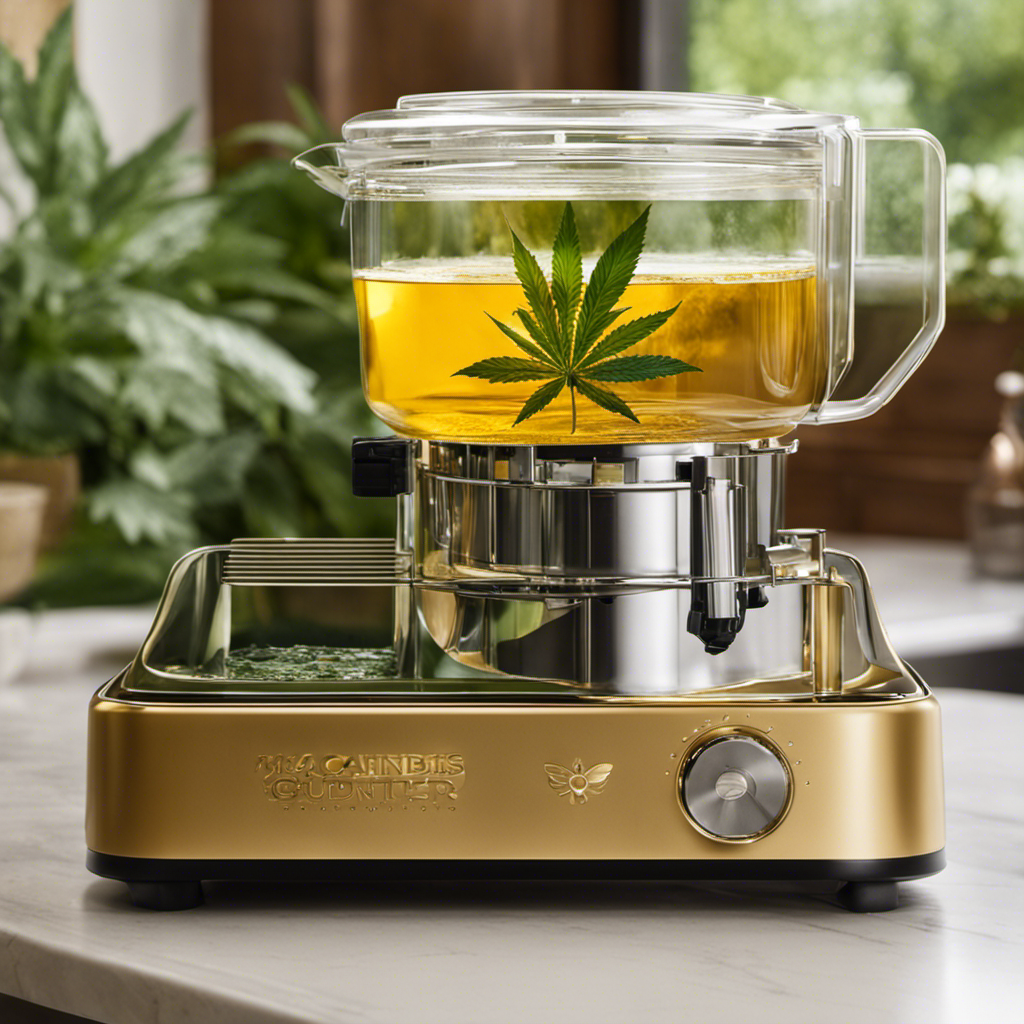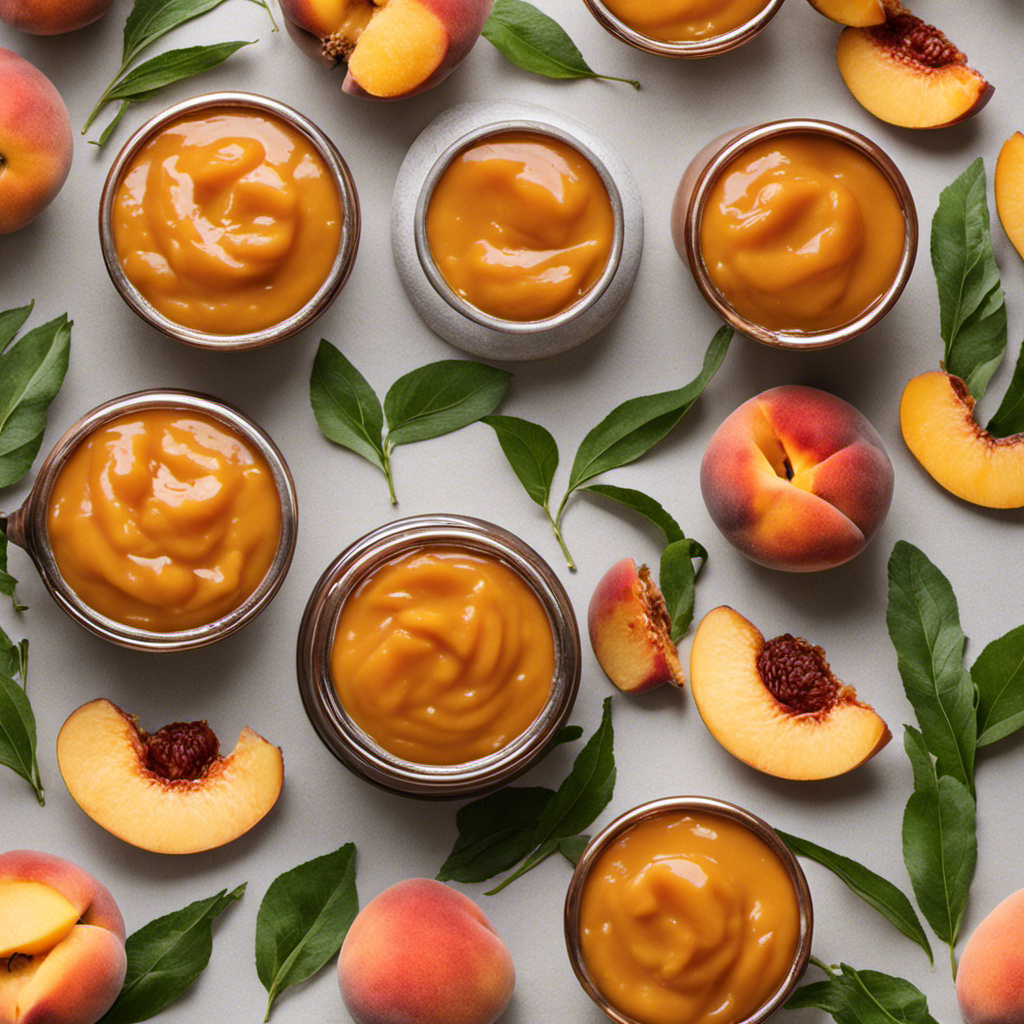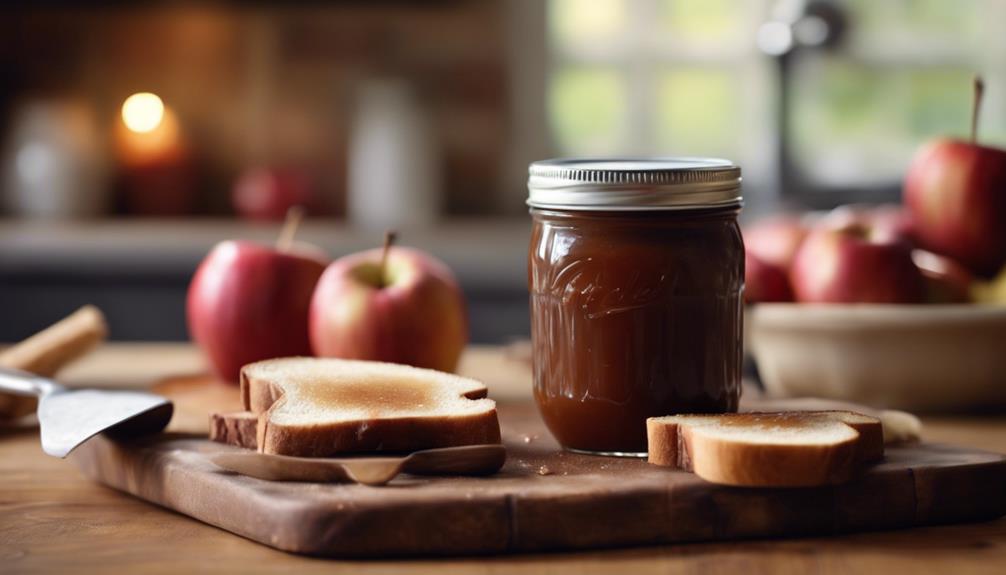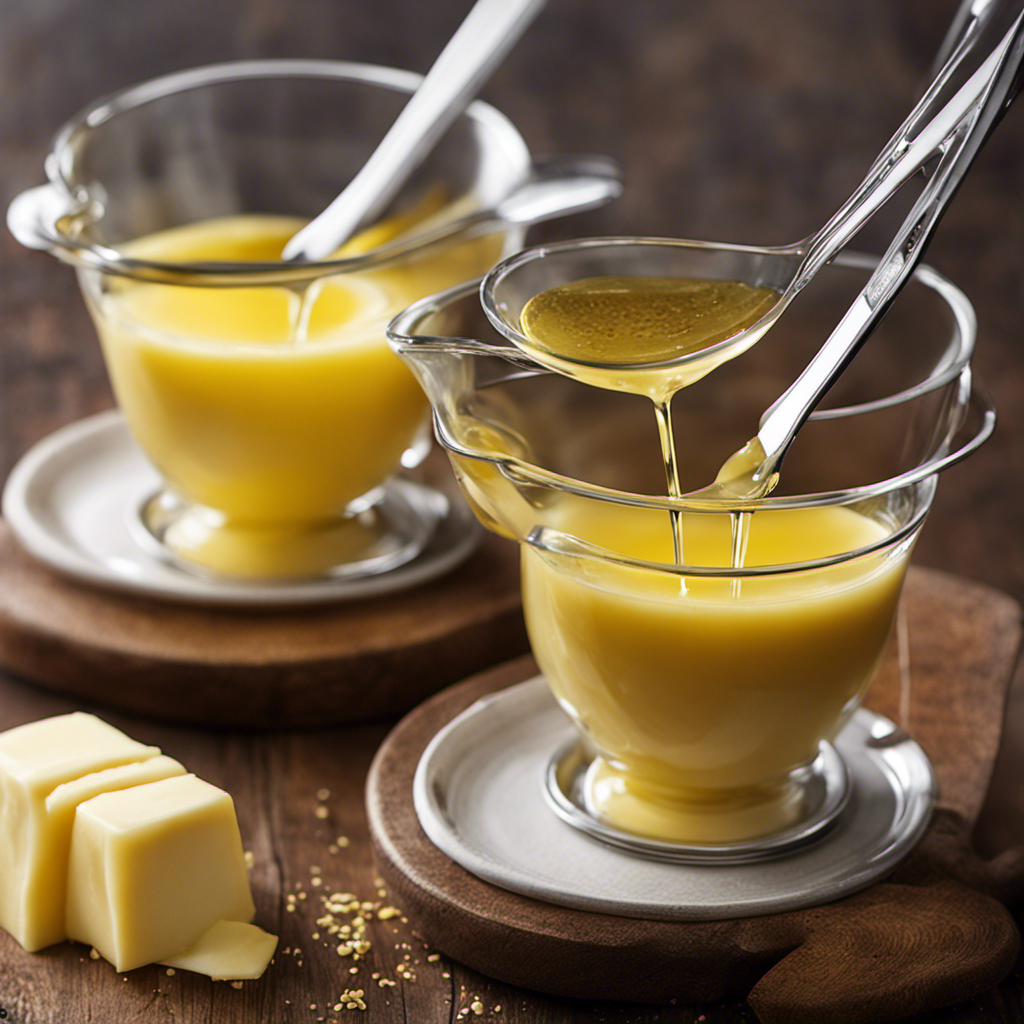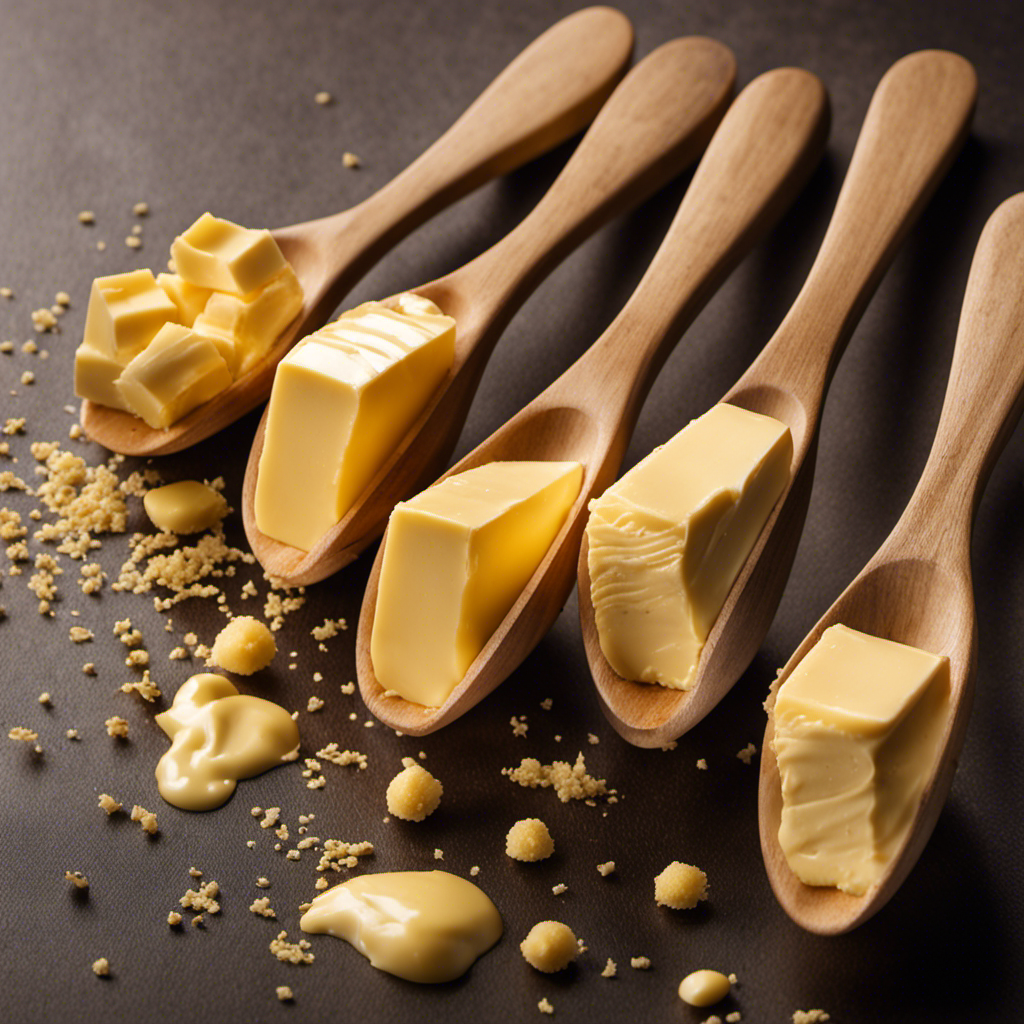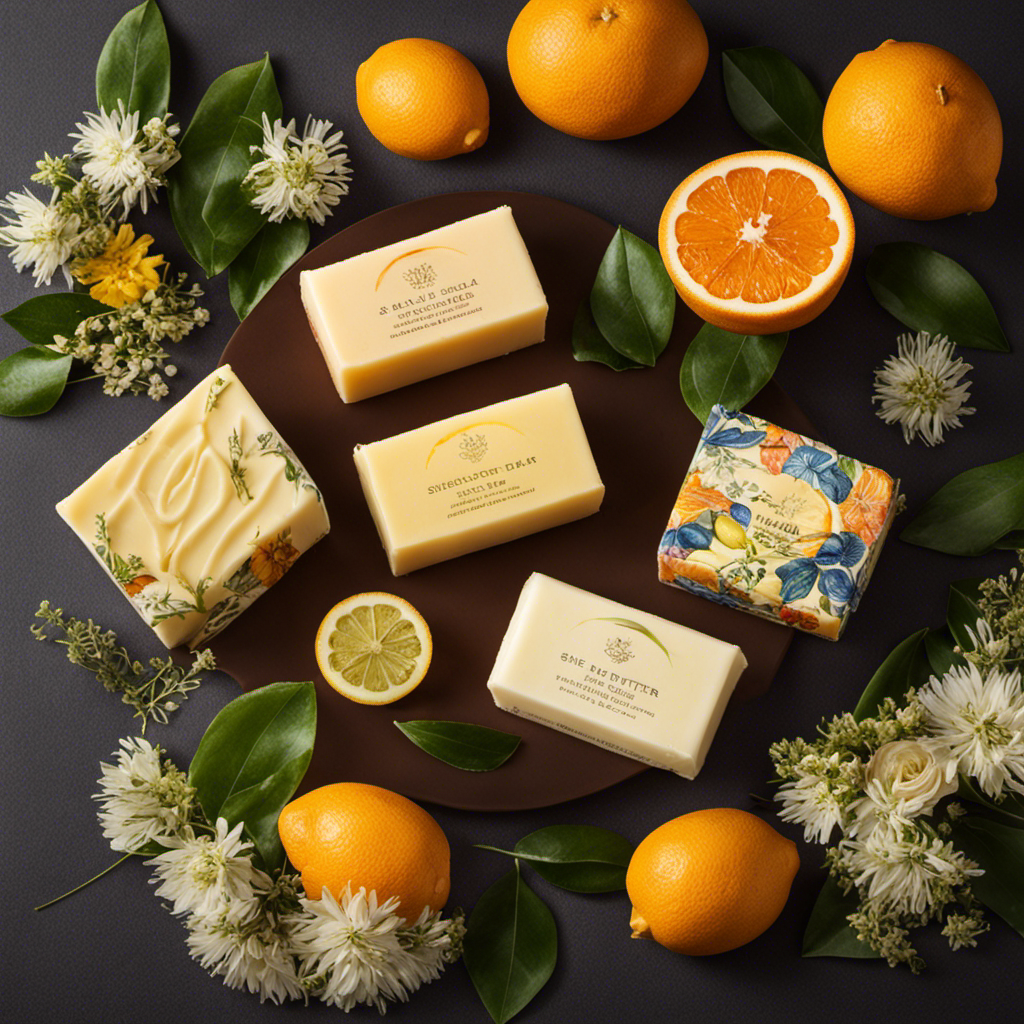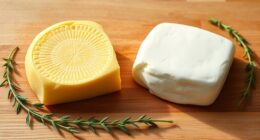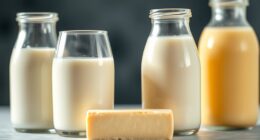I am here to reveal my tip for making the best-tasting and most potent cannabis-infused honey using the Magical Butter Maker.
This handy device has revolutionized my honey-making process, allowing me to effortlessly infuse the sweet nectar with the power of cannabis.
In this article, I’ll guide you through the step-by-step process, from choosing the perfect strain to storing your homemade marijuana honey.
Get ready to elevate your culinary creations and experience the magic of this extraordinary combination.
Key Takeaways
- The Magical Butter Maker simplifies the infusion process and allows for precise dosage control.
- Choosing the right strain of marijuana is important for desired effects and flavors in the honey.
- The step-by-step guide includes decarboxylating the marijuana, combining ingredients in the Magical Butter Maker, and straining out any plant material.
- Tips for enhancing the flavor and potency of marijuana honey include choosing a complementary strain, adding natural ingredients, and proper storage techniques.
Benefits of Using the Magical Butter Maker for Making Marijuana Honey
The Magical Butter Maker is great for making marijuana honey because it infuses the cannabis into the honey in a simple and effective way.
When it comes to choosing the right strain for desired effects, it’s important to consider the potency and the type of high you want to achieve. Sativa strains are known for their uplifting and energizing effects, while indica strains are more relaxing and sedating. Hybrid strains offer a combination of both.
As for using marijuana honey in homemade beauty products, there are a few tips to keep in mind. First, start with a small amount and gradually increase the dosage to find what works best for you. Second, mix the marijuana honey with other natural ingredients like coconut oil or shea butter to create a nourishing and moisturizing product.
Lastly, always test the product on a small patch of skin before applying it to your entire body to ensure there are no adverse reactions.
Choosing the Right Strain of Marijuana for Making Honey
When selecting the right strain of marijuana for your honey, it’s important to consider the desired effects and flavors.
Different strains of marijuana have different levels of cannabinoids, such as THC and CBD, which contribute to the overall experience.
If you’re looking for a strain that provides a euphoric and uplifting high, you might consider a sativa-dominant strain.
On the other hand, if you’re seeking a more relaxing and calming effect, an indica-dominant strain would be more suitable.
Additionally, the flavors of the strain can greatly enhance the taste of your honey.
Some strains have fruity or citrusy undertones, while others have earthy or spicy flavors.
Choosing the right strain for your honey can greatly enhance the overall experience and provide the desired effects and flavors.
Step-By-Step Guide to Infusing Marijuana Into Honey Using the Magical Butter Maker
When it comes to infusing marijuana into honey using the Magical Butter Maker, there are a few key points to keep in mind.
First, you’ll need the right equipment, including the Magical Butter Maker itself, a high-quality strain of marijuana, and some honey.
The infusion process is relatively straightforward. It involves decarboxylation, combining the ingredients in the Magical Butter Maker, and then letting it infuse for a set time.
Equipment Needed for Infusion
First, you’ll need to gather all the equipment for infusion. Here are the items you’ll need to get started:
- Magical Butter Maker: This innovative machine will help you infuse your honey with marijuana effortlessly.
- Honey: Choose from different types of honey, such as wildflower or clover, to achieve unique flavors and aromas in your infusion.
- Marijuana: Make sure you have high-quality cannabis flower or concentrates for the best results.
- Strainer or cheesecloth: This will be used to strain out any plant material from your infused honey.
Alternative infusion methods can also be used if you don’t have a Magical Butter Maker. These may include using a slow cooker or a double boiler to gently heat and infuse the honey with cannabis.
Regardless of the method you choose, the equipment mentioned above will be essential in creating your own marijuana-infused honey.
Infusing Process Explained
To infuse your honey with marijuana, you’ll need to heat it together with the cannabis using a slow cooker or a double boiler. This process allows the cannabinoids from the cannabis to bind with the honey, creating cannabis-infused honey.
Cooking with infused honey can offer numerous benefits, both in terms of flavor and medicinal properties. The sweet taste of honey can help mask the sometimes bitter taste of cannabis, making it more enjoyable to consume. Additionally, the infusion process allows the cannabinoids to be easily absorbed by the body, providing potential therapeutic effects.
Infused honey can be used in a variety of recipes, such as teas, smoothies, and baked goods, making it a versatile ingredient for those looking to incorporate cannabis into their culinary creations.
Tips for Perfect Infusion
Now that you understand the infusing process, let’s dive into some tips for achieving the perfect infusion with your magical butter maker. Trust me, these tips will enhance the flavor and potency of your marijuana honey. Here’s what you need to know:
-
Use high-quality ingredients: Start with fresh, potent cannabis and pure, organic honey for the best results.
-
Experiment with different strains: Each strain of cannabis has its own unique flavor profile. Try different strains to find the one that complements the honey flavor the best.
-
Follow dosage recommendations: It’s important to start with a low dosage and gradually increase it until you find your desired potency. Be mindful of the effects and adjust accordingly.
-
Let it steep: Give your infusion enough time to fully develop its flavors. Patience is key when it comes to achieving the perfect infusion.
By following these tips, you’ll be well on your way to creating delicious and potent marijuana honey in your magical butter maker.
Enjoy responsibly!
Tips and Tricks for Enhancing the Flavor and Potency of Marijuana Honey
For a stronger and tastier marijuana honey, you’ll want to consider these tips and tricks to enhance its flavor and potency. First, choose the right strain of cannabis. Different strains have different flavors and effects, so choose one that complements the taste of honey. Next, decarboxylate your cannabis before infusing it into the honey. This process activates the cannabinoids, making them more potent. To enhance the flavor, consider adding other natural ingredients like lemon zest, vanilla extract, or cinnamon. Lastly, store your marijuana honey properly to preserve its potency. Keep it in an airtight container in a cool, dark place to prevent degradation. By following these tips, you can create a delicious, potent marijuana honey that will elevate your culinary creations.
| Tips for Enhancing Flavor | Tips for Preserving Potency |
|---|---|
| Choose the right strain | Decarboxylate cannabis |
| Add natural ingredients | Store in an airtight |
| like lemon zest, | container in a cool, |
| vanilla extract, or | dark place |
| cinnamon |
Proper Storage and Dosage Recommendations for Marijuana Honey
Storing marijuana honey in an airtight container in a cool, dark place helps preserve its potency and ensures it stays fresh. Proper storage is essential to maintain the quality and effectiveness of your homemade marijuana honey.
Here are some storage recommendations and dosage guidelines to help you get the most out of your product:
-
Keep it in an airtight container: This will prevent air and moisture from degrading the honey’s potency.
-
Store in a cool, dark place: Heat and light can also degrade the cannabinoids, so keep it away from direct sunlight and high temperatures.
-
Label the container: Clearly mark the potency and date of creation to keep track of its freshness and dosage.
-
Follow dosage guidelines: Start with a low dose and gradually increase to find your desired effect. Remember, the potency of marijuana honey can vary, so it’s important to start slow and be cautious.
Exploring Creative Ways to Use Marijuana Honey in Cooking and Baking
When it comes to infusing other sweet treats with marijuana honey, there are countless possibilities to explore. From cookies and brownies to cakes and ice creams, the options are only limited by one’s imagination.
However, it is important to consider dosage and potency when using marijuana honey in cooking and baking, as it can vary widely depending on the concentration of THC in the honey.
Infusing Other Sweet Treats
You can also try infusing your favorite cake or cookie recipes with marijuana honey for an extra special treat. Adding marijuana honey to your baked goods not only enhances the flavor but also adds a delightful buzz to your desserts.
Here are some different sweet treats you can make using marijuana honey:
-
Marijuana Honey Cupcakes: Replace regular honey or sugar with marijuana honey in your cupcake batter for a deliciously infused treat.
-
Marijuana Honey Brownies: Add marijuana honey to your brownie batter for a gooey and decadent dessert.
-
Marijuana Honey Ice Cream: Drizzle marijuana honey over your favorite ice cream flavor for a sweet and potent twist on a classic dessert.
-
Marijuana Honey Glaze: Create a glaze for your pastries or donuts by mixing marijuana honey with powdered sugar and a splash of milk.
Dosage and Potency
To ensure an accurate dosage and potency, it’s important to carefully measure and track the amount of marijuana honey used in your sweet treats. Dosage measurement is crucial when working with cannabis-infused products, as the effects can vary depending on the amount consumed.
By understanding the effects of marijuana and how it interacts with your body, you can determine the appropriate dosage for your needs. Start with a low dosage and gradually increase it until you achieve the desired effects.
Remember that the potency of marijuana honey can vary, so it’s essential to label your homemade products with the dosage to avoid any accidental overconsumption.
Conclusion
In conclusion, making marijuana honey using the Magical Butter Maker is a game-changer for cannabis enthusiasts. Not only does it offer a convenient and efficient way to infuse honey with the power of marijuana, but it also allows for customization and experimentation with different strains and flavors.
The possibilities are endless when it comes to incorporating this potent and delicious honey into your cooking and baking. Whether you’re a seasoned cannabis connoisseur or just starting out, the Magical Butter Maker is a must-have tool for elevating your culinary experiences.
Get ready to embark on a magical journey with marijuana honey!
